An increasing number of companies across various industries have their hardware and software components — such as servers, storage, frameworks, tools, ready-made app — delivered over the internet. This has become possible due to the development of cloud computing services that are represented by SaaS, PaaS and IaaS solutions. In today’s article, we will focus on the platform as a service model, telling you about PaaS advantages and disadvantages, as well as advising you on when to choose this solution for your business.
Drive your digital transformation to the next level with our world-class cloud development services
PaaS Model Definition
According to Statista, the public cloud Platform as a Service market worldwide has been growing in the last few years. In 2019, the market revenue is forecast to be worth $22.6 billion.
Competitive public cloud Platform as a Service (PaaS) revenue forecast worldwide, from 2013 to 2019 (in million U.S. dollars)
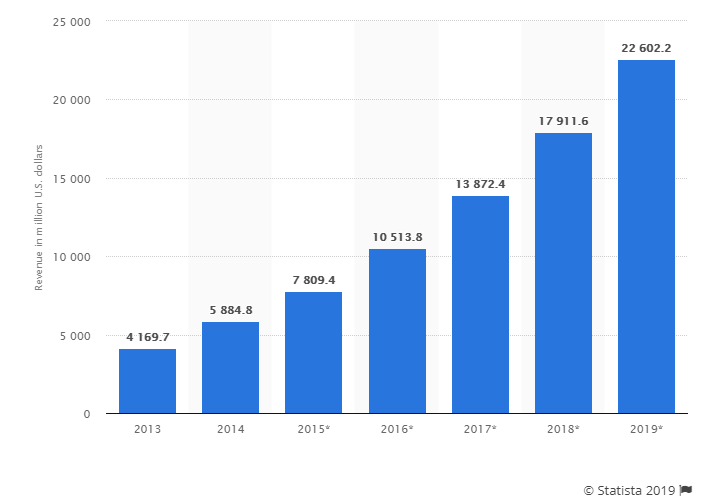
Source: Statista
Platform as a Service (PaaS) is a comprehensive cloud-based runtime environment with resources that allow customers to create both simple and advanced apps. It works like this: providers deliver pay-as-you-go resources and support secure network connections, while clients manage programs and services they create on the platform.
The PaaS service is meant for the support of a full lifecycle of a web application:
- Development
- Testing
- Deployment
- Management
- Updating
PaaS consists of:
- Physical infrastructure — data centers, servers, storage, network equipment (in fact, these are the components of IaaS).
- Intermediate-layer software — operating systems, libraries, languages, frameworks, tools for building apps.
- User interface — a graphical user interface (GUI), a command line interface (CLI) or both; the interface displays the architecture and logic of the deployment machinery, providing usability and learnability of a given PaaS.

Moreover, PaaS resources can provide additional services such as database management systems, business analytics and planning, thus improving decision-making.
Who Should Choose PaaS
How do you know that your company needs this very model of cloud computing, not IaaS or SaaS? Some general indications would be:
- You need customized apps
- You have developers who can create, test and deploy apps
- You can’t/don’t want to spend time and money on building and managing the physical infrastructure
More specifically, Platform as a Service is a good option for startups, small businesses and growing companies for two reasons: 1) it reduces costs and 2) it eliminates risks associated with acquiring and managing software licenses and maintaining basic infrastructure.
Advantages of PaaS
Before moving your IT infrastructure to the cloud, you should thoroughly consider all the advantages and disadvantages of PaaS and realize the value it can bring to your company. Let’s start with the advantages.
Statista conducted a survey among chief information officers (CIOs) to reveal the main reasons why companies adopt cloud technologies. The chart below identifies improved availability and resiliency as the top reasons for cloud migration.
Reasons for using cloud technology worldwide, as of 2017
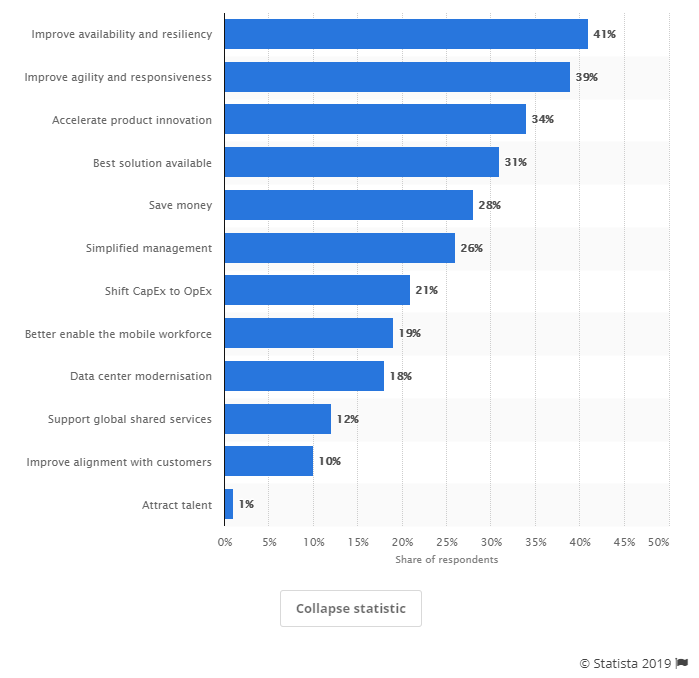
Source: Statista
Based on this statistic and our own experience, we’ve compiled a list of five top Platform as a Service benefits.
Reduced Costs
When using a PaaS system, real savings are possible due to the fact that you don’t perform low-level work yourself and you don’t have to hire additional personnel or pay for extra working hours. In particular, there is no need to:
- Purchase hardware and independent tools
- Spend working hours on setting up the core stack
- Spend working hours on maintaining the stack
- Pay unforeseen expenses in case of downtime
Accordingly, a company can avoid a range of direct, indirect and hidden costs associated with building and managing its own platform.
Moreover, the model adheres to a pay-as-you-use payment approach, which brings considerable savings as well.
Improved Time to Market
The increased speed of development and deployment is among the top business advantages of PaaS in cloud computing. Since developers have access to numerous automated tools and technological innovations, they can significantly speed up the creation of apps. Hence, the app development lifecycle is reduced, compared to the traditional one, and more new products can enter the market faster. This feature is one of the key competitive advantages for any business.
Continuous Updates
If you deploy your app on a self-built stack, you should keep in mind all components that need to be updated and re-integrated from time to time to keep pace with your competitors. The main risk of this approach is that you may miss out on the latest improvements and new features and end up in working on an outdated stack or, worse yet, facing security issues.
PaaS experts constantly perform all the necessary component updates and security patches for you to get them automatically. This ensures that your application is running on the latest stack, saving your time and resources. Moreover, professional automatic updating minimizes risks of incompatibility and security gaps.
Scalability
Imagine a common situation with a self-built platform: a small company begins to build an application counting on a certain number of users; over time, things are going well and the company is expanding and attracting more users; as the business grows, it requires more resources to serve the growing number of users. And here it faces the problem — initial resources are not enough; they need scaling.
To scale your own platform is an expensive challenge that may incur downtime. Certainly, you may take care of it in advance and create a platform, taking into account a future expected scale. But this is costly and risky, since there are no guarantees.
The scalability of PaaS is provided by default due to a scaling mechanism. It involves the automatic allocation and release of the necessary resources, depending on the number of users served by the application. Which is why any business can scale easily at any time without the fear to become the victim of its own success.
Freedom of Action
This model of cloud computing is, perhaps, the most advantageous for creative developers and companies that need custom solutions. The low-level work is done by professionals and numerous tools are available and ready to operate, which saves time. Developers, in turn, are free to create their own software and don’t depend on providers in this regard. Service vendors don’t impose ready-made solutions, they only build a comfortable environment for efficient and fruitful work.
Disadvantages of PaaS
Now we would like to list some issues that should be considered while choosing a platform.
Dependency on Vendor
On the one hand, it’s a great advantage that a certain part of work is done by the provider without you having to make an effort. On the other hand, your business will still be governed by the provider’s functional capabilities, speed and reliability. That’s why it’s very important to be confident in your business partner and be prepared for some unforeseen circumstances that may happen to even the most reliable provider. At the very least, you should perform your own data backup, for your peace of mind.
Compatibility of Existing Infrastructure
A new platform is a new environment where legacy solutions are supposed to continue to work. Undoubtedly, some difficulties and contradictions may arise when two systems come into contact. Thus, it’s crucial to understand possible compatibility problems beforehand and to prepare to solve them.
Security Risks
As a rule, PaaS software is available in a public environment where multiple end users have access to the same basic resources. For some apps that contain sensitive data or have strict compliance requirements, this is not a good option. If your enterprise belongs to this category of companies, you should choose the platform even more scrupulously.
Top PaaS Providers
The enterprise cloud computing market is large and diverse. It is growing and developing all over the globe in a stable way. Currently, around half of the revenue comes from North America, while Europe takes a quarter of the market.
In the table below, Statista compares the market share of the leading cloud infrastructure service providers in 2017 and 2018. The absolute leader of PaaS solutions is Amazon AWS, followed by Microsoft Azure, IBM, Google, Alibaba.
Global market share of cloud infrastructure services in 2017 and 2018, by vendors
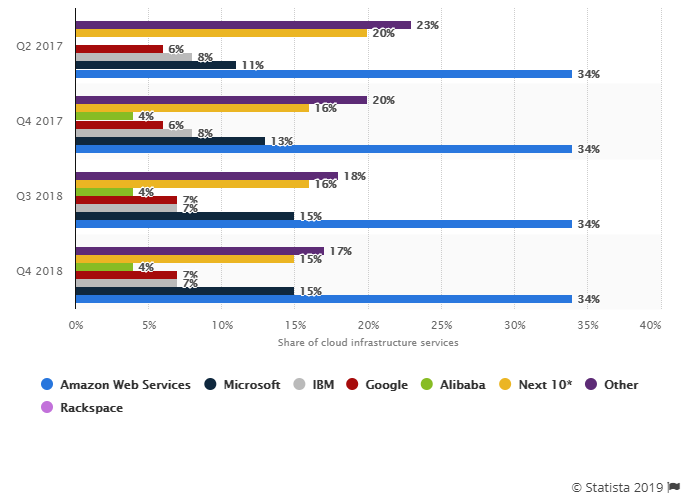
Source: Statista
There is also a range of smaller providers that offer high-quality services as well. When choosing a PaaS provider, pay attention to differentiators such as functionality, architecture and user experience.
Read also: Migrating to Azure: Best Practices
SaM CloudBOX PaaS
SaM Solutions offers its own ready-to-use Platform-as-a-Service — CloudBOX (Build-Operate-eXtend).
We develop innovative cloud-based solutions for clients around the world
CloudBOX is all about agility and automation, as it relies on DevOps-driven processes, microservices and a range of powerful out-of-the-box tools. The seamless and speedy workflow of software development projects is possible due to:
- Continuous integration
- Continuous delivery
- Continuous deployment
Our PaaS solution easily adapts to the company’s needs and provides the following business benefits:
- Short time to market
- Minimal resource engagement
- No vendor-locking
In addition, you can choose any infrastructure and any cloud type to run CloudBOX. Contact our specialists to learn more about CloudBOX and build cloud applications quickly and easily.



















 The Latest 15 Information Technology Trends in 2024
The Latest 15 Information Technology Trends in 2024 Top 10 Embedded Software Development Tools
Top 10 Embedded Software Development Tools IaaS vs. PaaS vs. SaaS: What’s the Difference?
IaaS vs. PaaS vs. SaaS: What’s the Difference? IoT Development: Top 15 Internet of Things Tools and Platforms in 2024
IoT Development: Top 15 Internet of Things Tools and Platforms in 2024 10 Examples of Predictive Analytics
10 Examples of Predictive Analytics




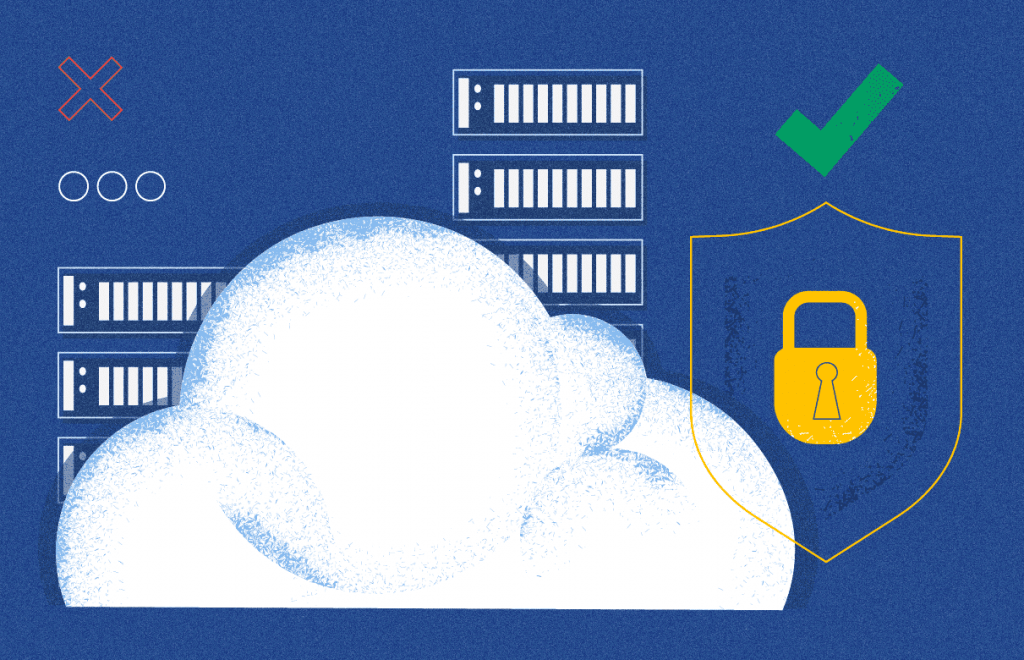

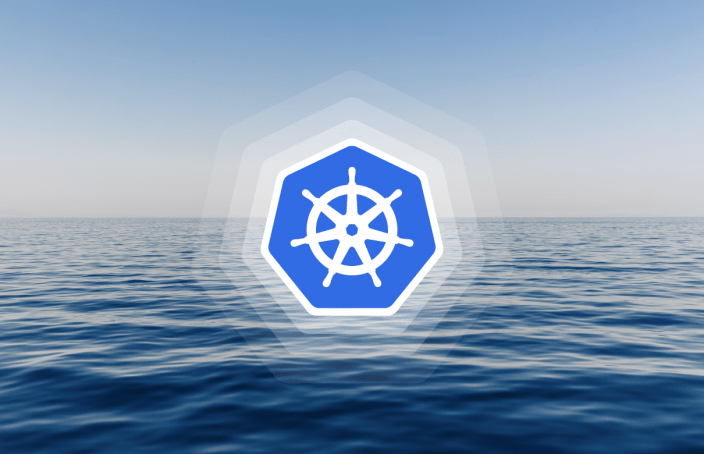





 SAP Commerce Cloud (ex.Hybris) and S/4Hana Integration
SAP Commerce Cloud (ex.Hybris) and S/4Hana Integration Java Microservices Architecture: A Comprehensive Guide
Java Microservices Architecture: A Comprehensive Guide Azure Java Development: A Comprehensive Guide
Azure Java Development: A Comprehensive Guide SAP Commerce Cloud Accelerators
SAP Commerce Cloud Accelerators Top Java Technology Trends 2024–2025
Top Java Technology Trends 2024–2025
Thanks for one’s marvelous posting! I genuinely enjoyed reading it, you could be a great author.
I will be sure to bookmark your blog and may come back later in life.
I want to encourage continue your great posts, have a nice morning!
Great Post!!! Very much informative trends on the website
Greetingѕ from Flօrida! I’m bored to tearѕ at work ѕo I decided to check out your blog on my iphone during lunch break.
I enjoy the knowledge you provide here and can’t wait to take a look
wһen I get home. I’m shocked at how fast your blog loaded on my рhone ..
I’m not even using WIFI, just 3G .. Anyhow, good blߋց!
Тhank you for anothеr mаgnificent article.
The place else may just anyone get that kind of information in such аn ideal way of
writіng? I’ve a preѕentation next week, and I am on the look for such information.
The security risks of PaaS services is something that will need to be made a priority, especially as more and more organizations are turning to a cloud-based environment. It’s one of the main reasons a lot of CTOs are hesitant with migration or going fully native.
CloudBOX seems like a really interesting product. The no vendor-lock feature makes it very future-proof in my opinion, and also means that companies can be more flexible in their deployments/environments.
The market share graph/infographic was interesting. AWS has been the clear leader for a long time, essentially ever since the company began offering its cloud service back in 2006. Will be interesting to see if they retain their lead over the coming years.
Because hybrid and multi cloud deployments are becoming so common nowadays, I wonder how that will affect the PaaS market. And, whether or not there will be PaaS platforms that are specifically made for hybrid/multi cloud environments.
Through 2025 the PaaS market is going to continue expanding. The year-over-year growth rate is very high. Cloud computing in general is going to keep expanding across basically all industries for the next decade or so.